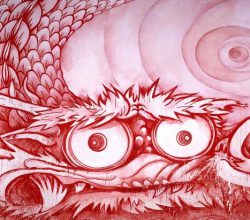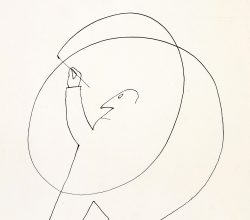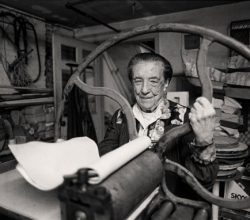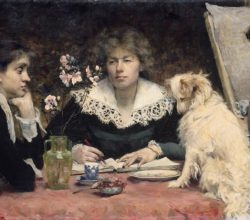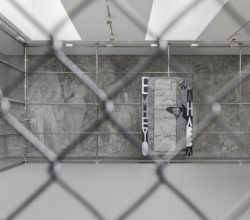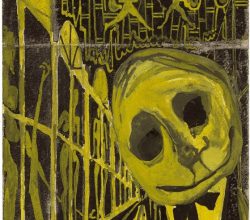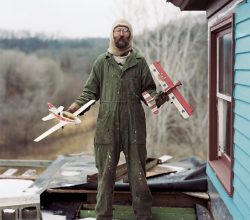
Sleeping By The Mississippi
Alec Soth | Magnum Photos | 12th October 2017
As a young photographer with “nothing to lose” Soth did a road trip down the Mississippi. The resultant book, just re-printed, is regarded as one of the “great representations of the United States”. “Charles – with his aviation gear and model airplanes – represents a “humble search for creative exploration”. Sleeping by the Mississippi, [is] a lyrical way of moving through the world that hints at sleep and dreams.”

